Nvidia RTX 4070 Ti Gigabyte Gaming OC review
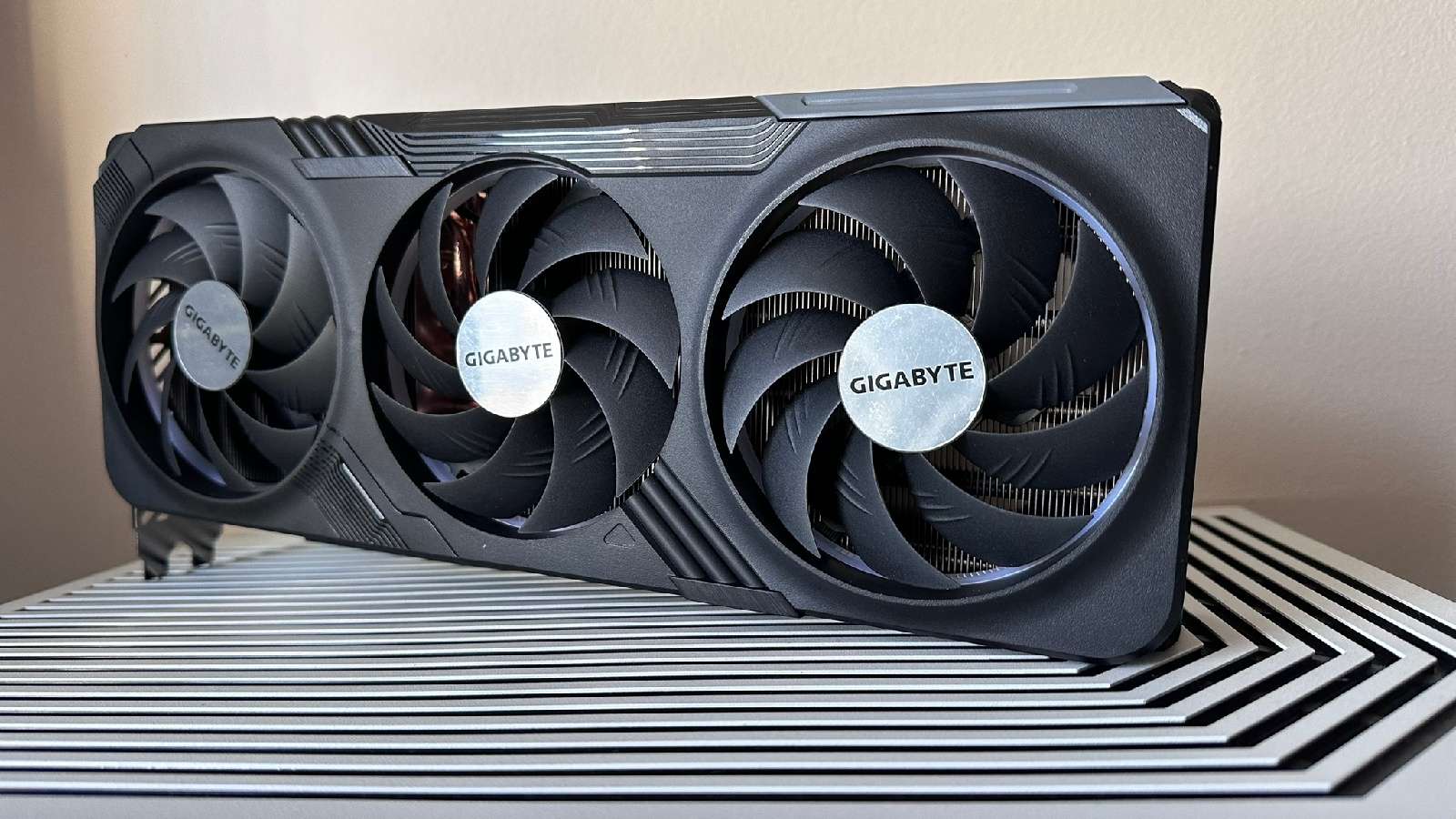 Dexerto
Dexerto Gigabyte’s Nvidia RTX 4070 Ti has finally landed, and with it comes yet another capable 1440pp and 4K gaming GPU from the green giant. But, is the Gigabyte Gaming OC model any good?
The Nvidia RTX 4070 Ti is the latest of Nvidia’s RTX 40-series GPUs. It comes shortly after the release of the Nvidia RTX 4080, and RTX 4090. However, the RTX 4080 didn’t really impress us too when it came to its price point, which made the RX 7900 XT look like a comparative steal.
With the RTX 4070 Ti, Nvidia is making the choice to bring the fight to a lower price point, but do their latest efforts impress?
Key specs
| UDA Cores | 7680 |
| Boost clock | 2610 MHz |
| Memory speed | 21 Gbps |
| Memory | 12GB GDDR6X |
| Memory bus width | 192-bit |
| TDP | 285W |
| Power input | 16-pin 12VHPWR (2x 8-pin adapter included) |
| Size | 342mm x 150mm x 75 mm |
| Display outputs | 3x DisplayPort 1.4a, 1x HDMI 2.1 |
| Price | $799 |
Design
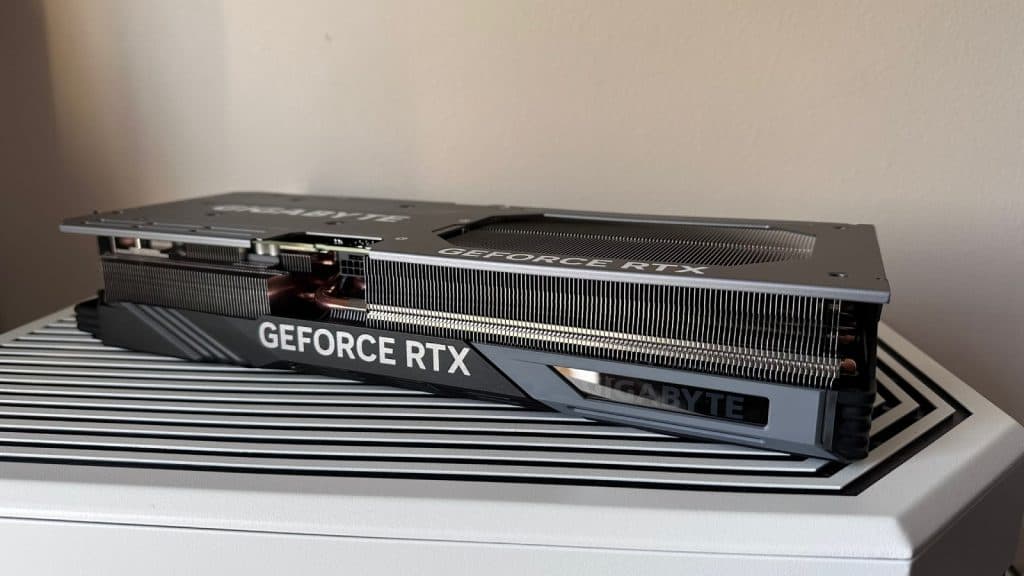 Dexerto
Dexerto The Gigabyte Gaming models of RTX 4070 Ti are relatively understated, this long GPU has a flow-through design like many other 40-series GPUs that we’ve previously taken a look at. The gunmetal plastic shroud has three fans on the underside, with painted-on “GeForce RTX” lettering along the side. This is accompanied by an RGB-lit panel of the Gigabyte logo, with a metal backplate, supporting the weight of the GPU heatsink.
It’s great to see a relatively simple design that still offers a large thermal solution without any RGB frills. However, on the side of the GPU is a 12VHPWR connector that is recessed into the GPU. This makes insertion and removal unnecessarily difficult on the GPU, which is something that we wished was slightly better. The benefit of this is that you also get the opportunity to nestle that rigid 12VHPWR connector into the GPU slightly, which may benefit you if you have a case with less clearance for the cable to make a safe bend.
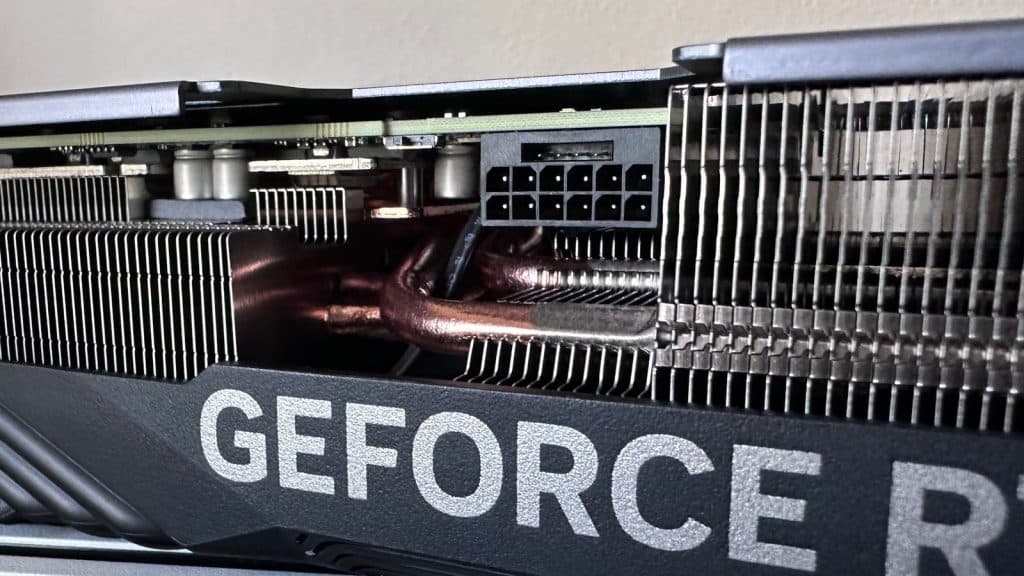 Dexerto
Dexerto The included power adapter also splits into a 2x 8-pin PCIe power connector, allowing for fewer cables compared to the likes of higher-powered cards like the RTX 4080 and above.
Considering that the GPU is pulling 285W at maximum loads, the Gigabyte Gaming OC cooler should do just fine for most use cases at stock settings, without playing around with any snazzy overclocking settings. The GPU also has a dual bios mode which allows for higher clock speeds. For our testing, we switched it to the OC mode for the best reflection of just how well this card can perform.
What’s going on inside?
The RTX 4070 Ti is powered by a full-fat GA104 chip, and adorned with 12GB of GDDR6X RAM. While we would have liked to have seen more, this GPU should be lightning-fast in many scenarios. However, we still would have loved to have seen a variant with slightly more VRAM in order to accommodate playing games at higher resolutions.
You also get all of the AV1 encoding goodness that we hope to see adopted by mainstream platforms like Twitch in the coming years. But, for now, it remains to be a very early technology that we hope to see more developers utilize as adoption becomes more saturated.
This GPU was originally intended to be the RTX 4080 12GB. However, the launch was cancelled, and was rebadged as what we now know as the RTX 4070 Ti.
Performance
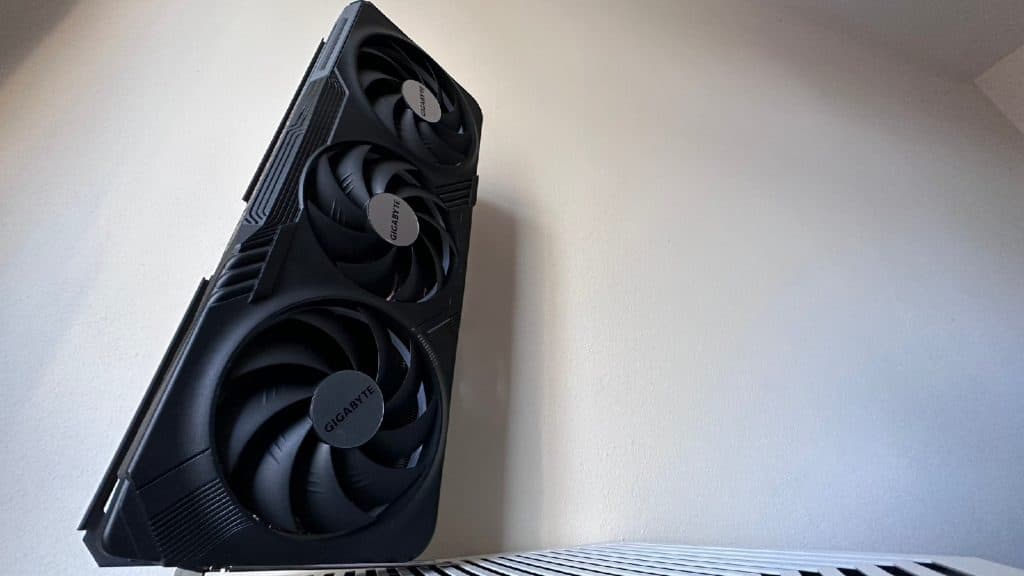 Dexerto
Dexerto The RTX 4070 Ti has enough horsepower under the hood to play most games at 1440p at high framerates, and 4K gaming too. So, we’ll be testing the GPU under those conditions with our tried and true testbench system.
- CPU: Intel Core i5-13600K
- CPU cooler: Cooler Master PL360 Flux
- Motherboard: ASUS ROG Z790 Maximus Extreme
- RAM: ADATA XPG Lancer RGB 32GB DDR5-6000
- Storage: Sabrent Rocket 4 Plus 4TB
- Case: Hyte Y60
- PSU: EVGA Supernova GT 1300
4K gaming performance
We expect that 4K performance of the Gigabyte Gaming OC RTX 4070 Ti to be a staunch performer, though it will be somewhat limited by its mere 12GB of GDDR6X VRAM, which is where we’ll see the GPU lag behind the vanilla RTX 4080.
Game GIGABYTE Gaming OC RTX 4070 Ti ZOTAC AMP Extreme AIRO RTX 4070 Ti RTX 4080 RX 7900 XT Forza Horizon 5 (Ultra) 123 FPS 123 FPS 137 FPS 107 FPS Cyberpunk 2077 (Ultra, RT Ultra, DLSS Performance, Frame Generation / FSR ) 86 FPS 89 FPS 108 FPS 44 FPS Cyberpunk 2077 (Ultra, RT Ultra, DLSS off) 22 FPS 29 FPS 29 FPS 16 FPS CS:GO (High, Dust 2) 252 FPS 264 FPS 399 FPS 340 FPS Overwatch 2 (Ultra) 257 FPS 272 FPS 446 FPS 308 FPS Interestingly, compared to the more premium model RTX 4070 Ti that we tested, the Gigabyte Gaming OC model manages to perform adamantly. The GPU also showcases that you can still get great playable framerates at high resolution despite the VRAM limitations. Compared to the RX 7900 XT, we can see the GPU lagging behind by around 9% on average, especially in certain esports titles, but when in other games, particularly ones that make use of ray tracing, the RTX 4070 Ti appears to be the better buy. At 4K, the RTX 4070 Ti is around 40% slower than the 4080 in the titles that we tested.
When combined with a direct comparison of FSR vs the AI frame generation of DLSS 3, The RTX 4070 Ti is a potent performer, and we really can’t overstate how important these features come into play when purchasing a new GPU. While DLSS 3 remains in its infancy, it will only ever really improve with time.
1440p gaming performance
Game GIGABYTE Gaming OC RTX 4070 Ti ZOTAC AMP Extreme AIRO RTX 4070 Ti RTX 4080 Founders Editon RX 7900 XT MBA Forza Horizon 5 (Ultra) 147 FPS 146 FPS 161 FPS 121 FPS Cyberpunk 2077 (Ultra, RT Ultra, DLSS Performance, Frame Generation / FSR ) 161 FPS 162 FPS 181 FPS 60 FPS Cyberpunk 2077 (Ultra, RT Ultra, DLSS off) 47 FPS 50 FPS 63 FPS 31 FPS CS:GO (High, Dust 2) 399 FPS 399 FPS 399 FPS 399 FPS Overwatch 2 (Ultra) 404 FPS 416 FPS 512 FPS 406 FPS At 1440p, the RTX 4070 Ti is incredibly competitive against AMD’s RX 7900 XT, beating it out in every single gaming benchmark that we put it through. Compared to a more premium model of RTX 4070 Ti, the Gigabyte Gaming OC also still manages to hold its own, showcasing that you don’t really get that much more performance out of it, against a more basic card, as we have showcased.
At 1440p, the RTX 4070 Ti is around 12% faster than the RX 7900 XT. When compared to the RTX 4080, the RTX 4070 Ti is also slower by around 12%. This means that the RTX 4070 Ti is extremely well-placed as a performant 1440p GPU, and would be the clear choice for those not wanting to splash the extra cash on an RTX 4080, or risk lower framerates with the RX 7900 XT.
Synthetic benchmarks
Benchmark Gigabyte Gaming OC RTX 4070 Ti ZOTAC AMP Extreme AIRO RTX 4070 Ti RX 7900 XT MBA RTX 4080 Founders Edition RTX 4090 Founders Edition Speed Way 5471 5525 4697 7179 10310 Port Royal 14230 14482 13074 17829 22598 Time Spy Extreme (Graphics score) 11015 11274 12979 14028 18578 Using 3DMark’s benchmarking suite, we found that the Gigabyte RTX 4070 Ti manages to hold its own, with incredibly admirable performance against both the premium RTX 4070 Ti, where it was only slower by around 1.8%.
This tells us that if you really want the best bang for your buck, to essentially ignore the more premium AIB models, as the pricing just gets too bloated for what you’re paying for.
Thermals & noise
Given that this GPU is still a large card, it manages to have enough thermal density to effectively dissipate heat. In gaming workloads, the Gigabyte Gaming OC model peaked at around 72 degrees, which is well within safe usage. We do hear the GPU at peak loads, but we did not experience any coil whine with this GPU.
Should you buy it?
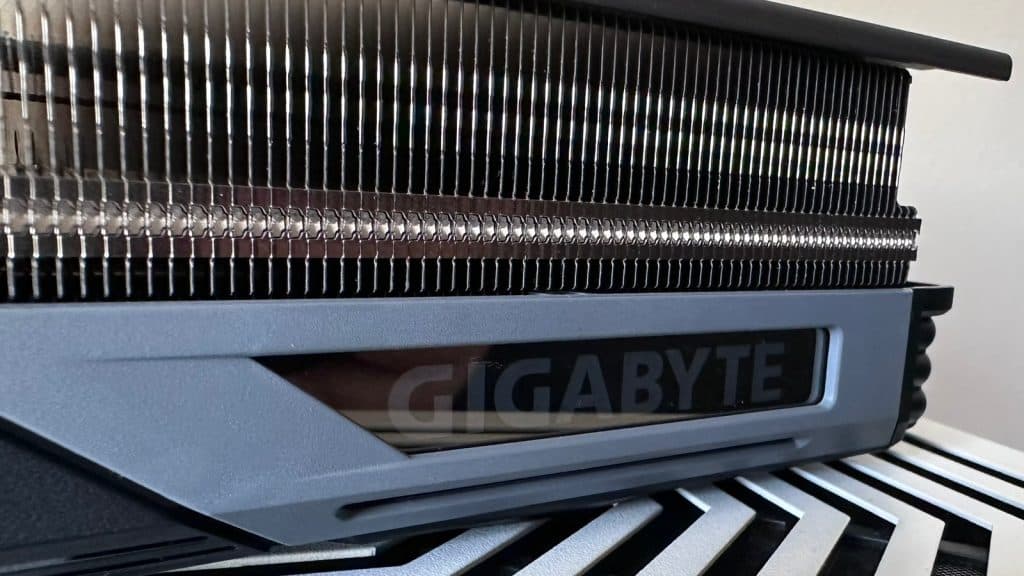 Dexerto
Dexerto The RTX 4070 Ti is an expensive GPU. At $799, it manages to essentially push the RX 7900 XT into irrelevance, if you do not game at 4K. However, we still believe that pricing on a 70-class product remains slightly too high for our tastes. At $699, we could have stomached the pricing a little bit more, as that’s where the incredibly popular RTX 3080 and RTX 2080 landed in the past.
We think that had the pricing been positioned just slightly lower, we could recommend users of those older GPUs upgrade. But, right now Nvidia has not given users of its previous generation cards a good price to performance point for that to happen, outside of the RTX 4090.
So, if you have an Ampere card, just save your pennies. If you have an older Turing card, we think that at 1440p, this card is pretty respectable, but only if you can find the GPU at its MSRP pricing.
If you click on a product link on this page we may earn a small affiliate commission.